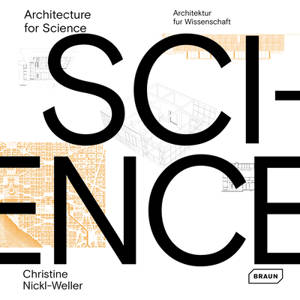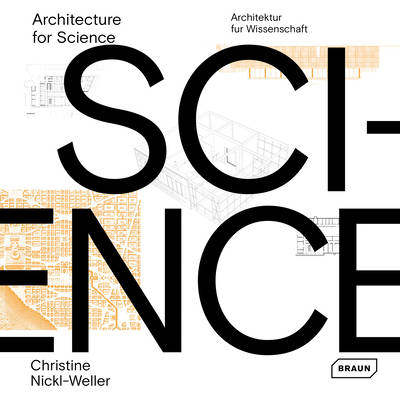
- Afhalen na 1 uur in een winkel met voorraad
- Gratis thuislevering in België vanaf € 30
- Ruim aanbod met 7 miljoen producten
- Afhalen na 1 uur in een winkel met voorraad
- Gratis thuislevering in België vanaf € 30
- Ruim aanbod met 7 miljoen producten
Omschrijving
Although research is the engine of all innovation, the research building as a purely functional building has not been of any architectural interest for a long time. However, there is consensus now that structures for research and knowledge transfer can do more than just providing workplaces and experimental areas. They are spaces of communication and inspiration, of urban development and a reflection of our times. With this volume, the authors open the discussion on this type of building. They examine architecture for science in the context of urban structures, as a highly specialized building type, as well as in its dimension as a working and living environment, and with regard to creative considerations. The interdisciplinary approach is of decisive importance here, and thus not only architects, urban planners planners, but also scientists from various academic disciplines have their say.
Specificaties
Betrokkenen
- Auteur(s):
- Vertaler(s):
- Uitgeverij:
Inhoud
- Aantal bladzijden:
- 176
- Taal:
- Engels
- Geïllustreerd:
- Ja
Eigenschappen
- Productcode (EAN):
- 9783037682579
- Verschijningsdatum:
- 29/12/2022
- Uitvoering:
- Hardcover
- Formaat:
- Genaaid
- Afmetingen:
- 226 mm x 227 mm
- Gewicht:
- 1101 g

Alleen bij Standaard Boekhandel
+ 89 punten op je klantenkaart van Standaard Boekhandel
Beoordelingen
We publiceren alleen reviews die voldoen aan de voorwaarden voor reviews. Bekijk onze voorwaarden voor reviews.










